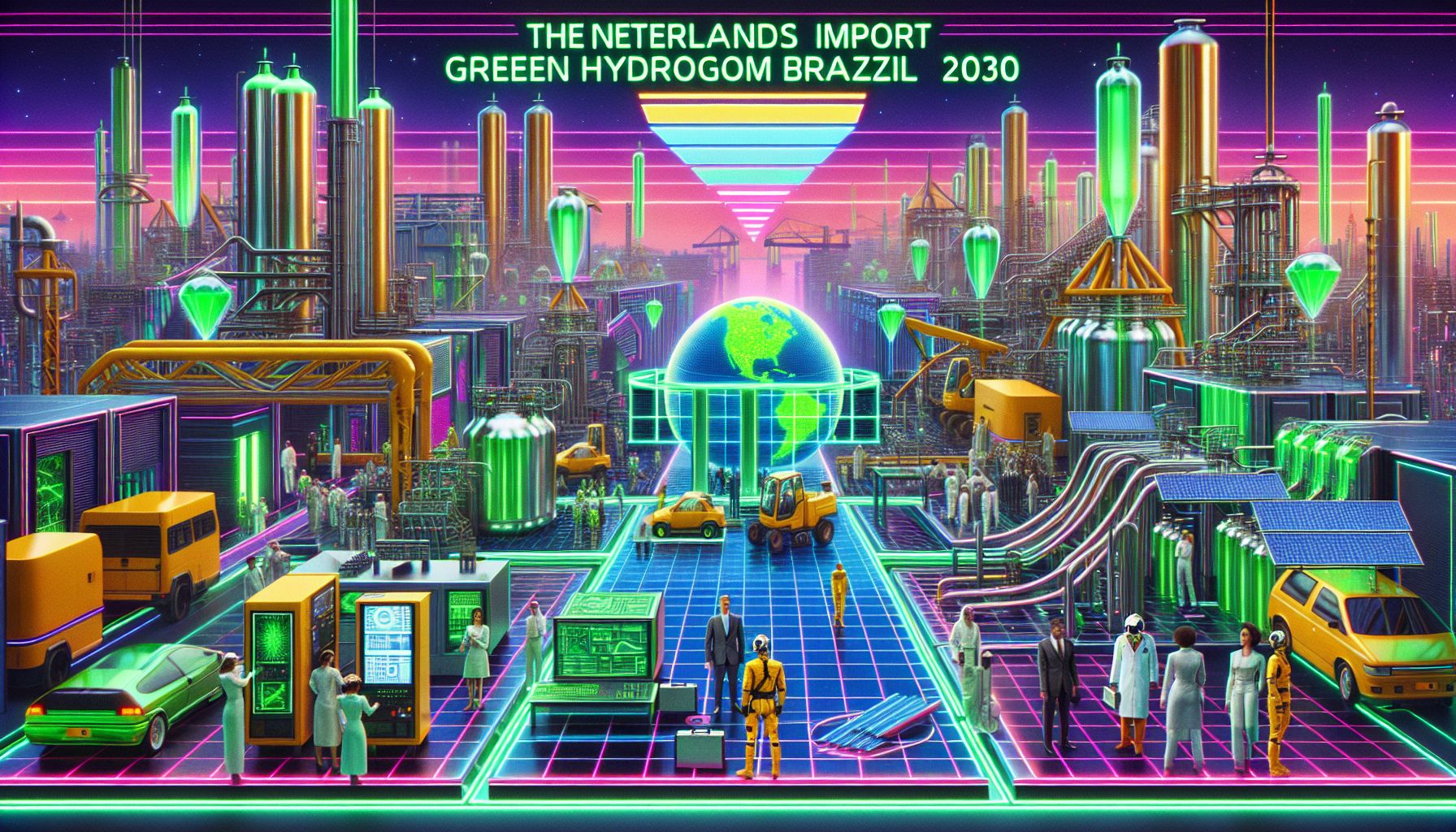Dutch to Embrace Brazilian Green Hydrogen by 2030

Amsterdam, Monday, 26 May 2025.
By 2030, Netherlands plans to import green hydrogen from Brazil’s renewable energy sector, focusing on ammonia. This bold move underscores international cooperation essential for a green future.
Pioneering Green Hydrogen Corridor
The Netherlands is setting its sights on importing green hydrogen from Northeast Brazil, a plan expected to materialize by 2030. Northeast Brazil, with its burgeoning renewable energy resources, offers a competitive production environment ideal for exporting green hydrogen. This effort aligns with the Netherlands’ ambition to decarbonize its economy by tapping into scalable, cost-effective green solutions like ammonia, which can be cracked on-site at Dutch ports [1].
Building a Green Pathway
To bridge the vast distance between Brazil and the Netherlands, stakeholders must focus on solidifying long-term agreements, hastening infrastructure development, and strengthening distribution networks. A corridor involving ammonia imports and cracking at Dutch ports stands out as a promising strategy. This initiative isn’t just about importing hydrogen; it’s about creating a robust supply chain able to meet future demands. Isn’t it great when complex plans boil down to strategic teamwork and shared goals? [1]
Brazil’s Renewable Power Surge
Brazil’s electricity demand is poised for a transformation with emerging technologies like electric vehicles and hydrogen electrolyzers gaining a foothold. These developments not only promise a boost in energy consumption but also signal Brazil’s readiness to step up as a green hydrogen powerhouse, supporting both domestic and international needs through sustainable means. This shift in energy demand patterns underpins Brazil’s strategic position in the global green energy market [2].
Paving the Way for Green Innovation
As we edge closer to 2030, the path to greener energy solutions, led by collaborations such as Brazil-Netherlands, seems more tangible. The recent World Hydrogen Summit in Rotterdam echoed such sentiments, urging acceleration in policy-making and infrastructure to foster an international hydrogen economy. Attendees highlighted the importance of shaping policies in support of large-scale infrastructure, something I’m sure would interest any innovation enthusiast [3][4].
Hydrogen Dreams and Reality
All the talk about hydrogen brings to mind dreams of a cleaner future. But making it a reality involves tricky work, like negotiating agreements and developing tech infrastructure. It’s like building a bridge with blocks: every agreement and development is a crucial piece. By 2030, we could witness a thriving hydrogen economy—and, hey, maybe even reduce our ammonia-related emissions while we’re at it [5][6].
Bronnen
- auroraer.com
- auroraer.com
- www.hydrogeninsight.com
- www.fgveurope.de
- tankstorage.com
- advancedbiofuelsusa.info